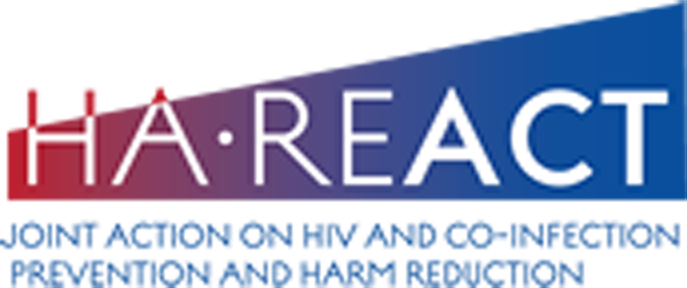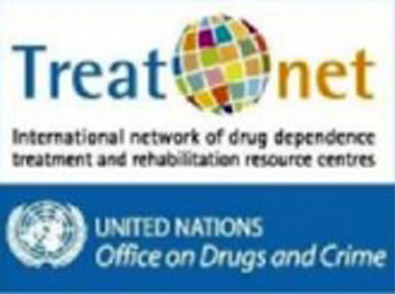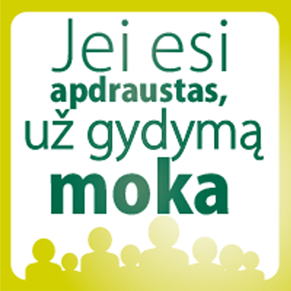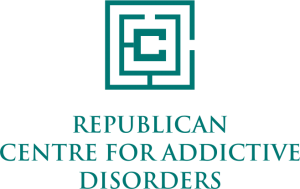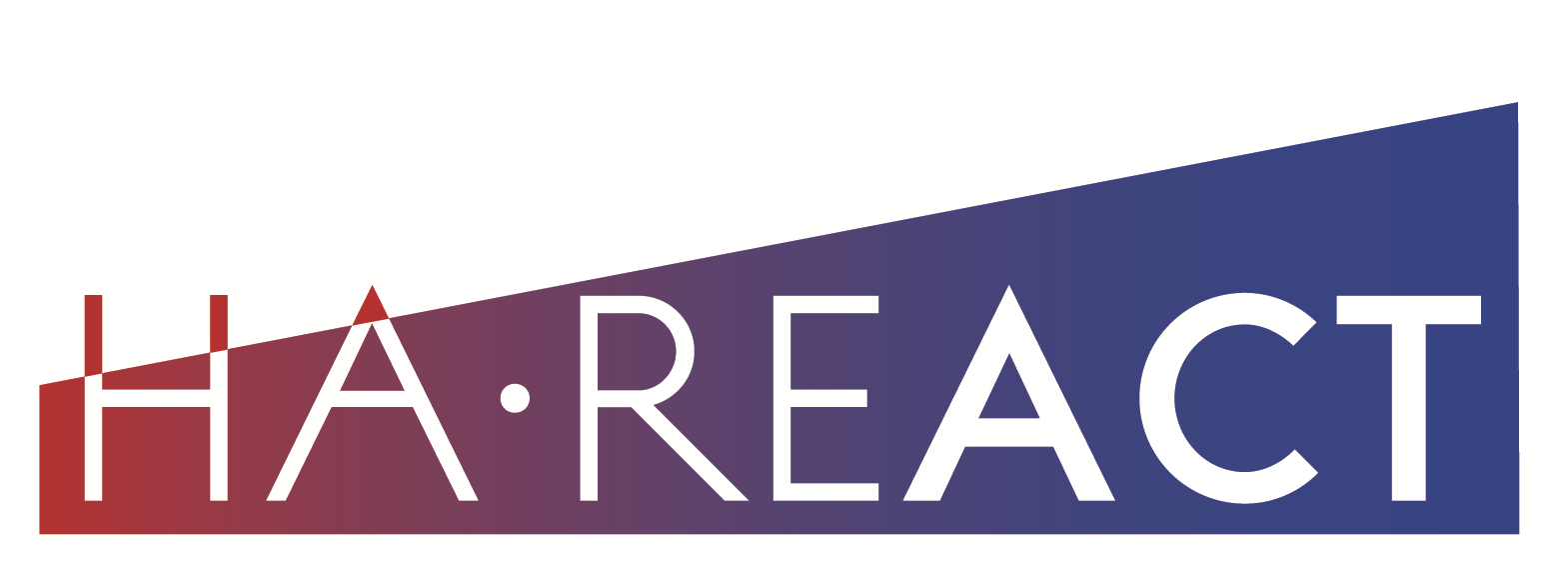
The Joint Action on HIV and Co-infection Prevention and Harm Reduction (HA-REACT) addressed existing gaps in the prevention of HIV and other co-infections, especially tuberculosis (TB) and viral hepatitis, among people who inject drugs (PWID). The three-year project was launched in late 2015 with core funding by the Health Programme 2014-2020 from European Union (EU). Twenty-two partners representing 18 EU Member States implemented the project. Additional expertise was provided by 14 collaborating partners, including the European Centre for Disease Prevention and Control (ECDC) and the European Monitoring Centre for Drugs and Drug Addiction (EMCDDA). The HA-REACT project was carried out in three focus countries: Latvia, Lithuania and Hungary. However, materials developed as part of the Joint Action are of benefit to the entire European Union.
Results: After a decade’s break Republican Centre for Addictive Disorders, together with partners and Czech researchers, implemented an epidemiological research to estimate the number of high risk drug users in Lithuania. The same research estimated coverage of harm reduction services, namely needle and syringe exchange (NSP) and opioid substitution treatment (OST), in Lithuania. Between 8 371 and 10 474 people who inject drugs and between 4 854 and 12 444 high-risk opioid users (HROU) were estimated in Lithuania in 2015/2016. An average number of people who inject drugs in Lithuania obtained 19-29 syringes via NSP in 2015 or 2016 and 9.9-25.5% of HROUs were in OST in the study period. While the current prevalence of high-risk drug use in Lithuania is comparable to other European countries (or, for injecting drug use it is above average), the coverage of NSPs and OST services in this population is lower than in most countries of the EU and warrants further investment/development.
23 Associated partners from 18 countries (Croatia, Czech Republic, Denmark, Estonia, Finland, Germany, Greece, Hungary, Iceland, Italy, Latvia, Lithuania, Luxembourg, Malta, Poland, Portugal, Slovenia, Spain) and 12 Collaborating partners
In cooperation with international partners, our Centre implemented an epidemiological research to estimate the number of high risk drug users in Lithuania. This kind of research had been last carried out in 2007, therefore the new estimation filled in a 10-year data gap. It also provided estimations of the coverage of needle and syringe exchange and opioid substitution treatment interventions. Between 8 371 and 10 474 people who inject drugs and between 4 854 and 12 444 high-risk opioid users were estimated in Lithuania in 2015/2016. An average person who injects drugs in Lithuania obtained 19-29 syringes via needle and syringe programs (NSP) in 2015 or 2016 and 9.9-25.5% of HROUs were in opioid substitution treatment (OST) in the study period. The current prevalence of high-risk drug use in Lithuania is comparable to other European countries (for injecting drug use it is above average), but the coverage of NSPs and OST services in this population is lower than in most countries of the EU and warrants further investment and development.
-
In cooperation with international partners, our Centre implemented an epidemiological research to estimate the number of high risk drug users in Lithuania. This kind of research had been last carried out in 2007, therefore the new estimation filled in a 10-year data gap. It also provided estimations of the coverage of needle and syringe exchange and opioid substitution treatment interventions.

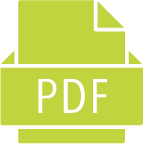

 I-V
I-V

